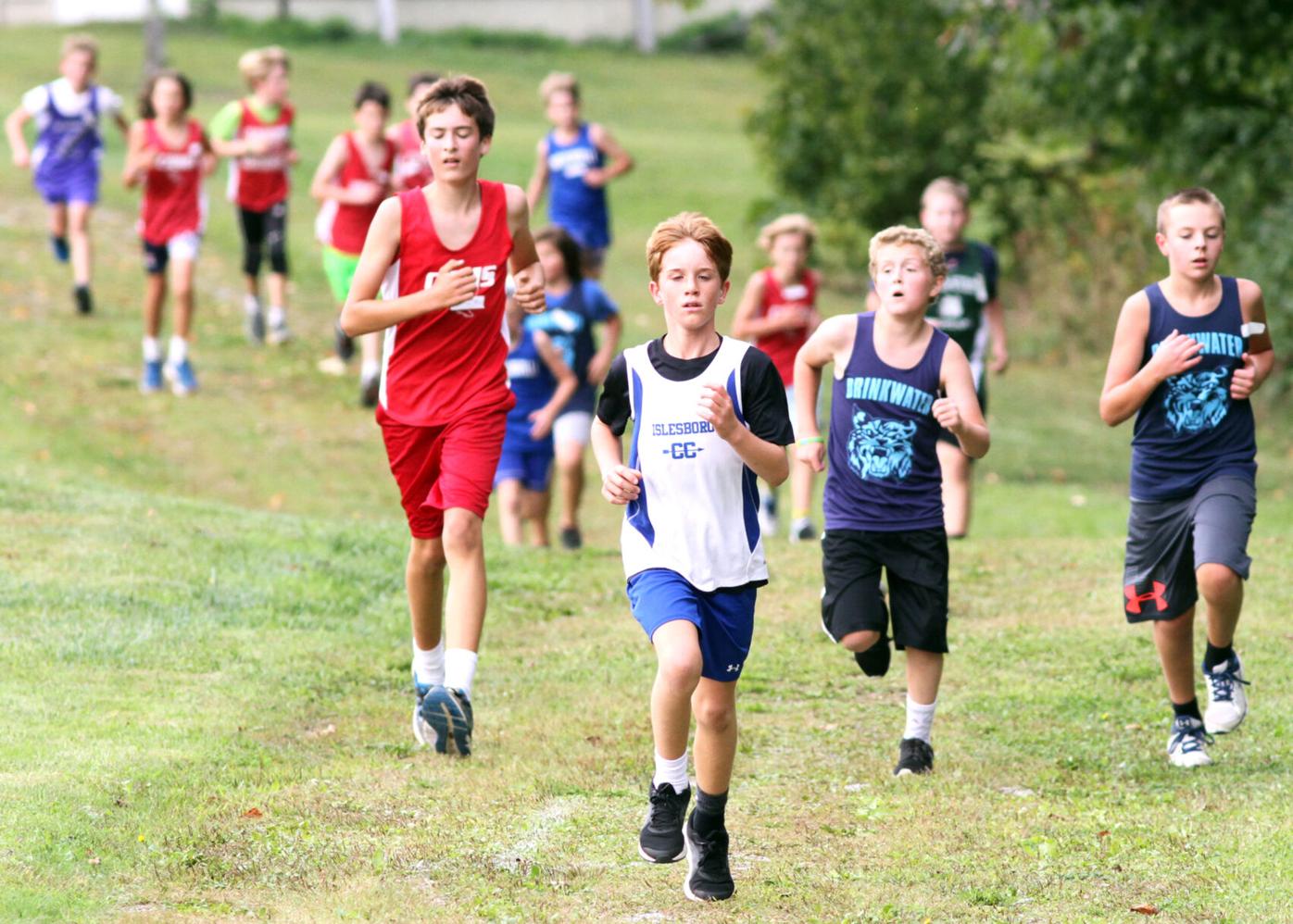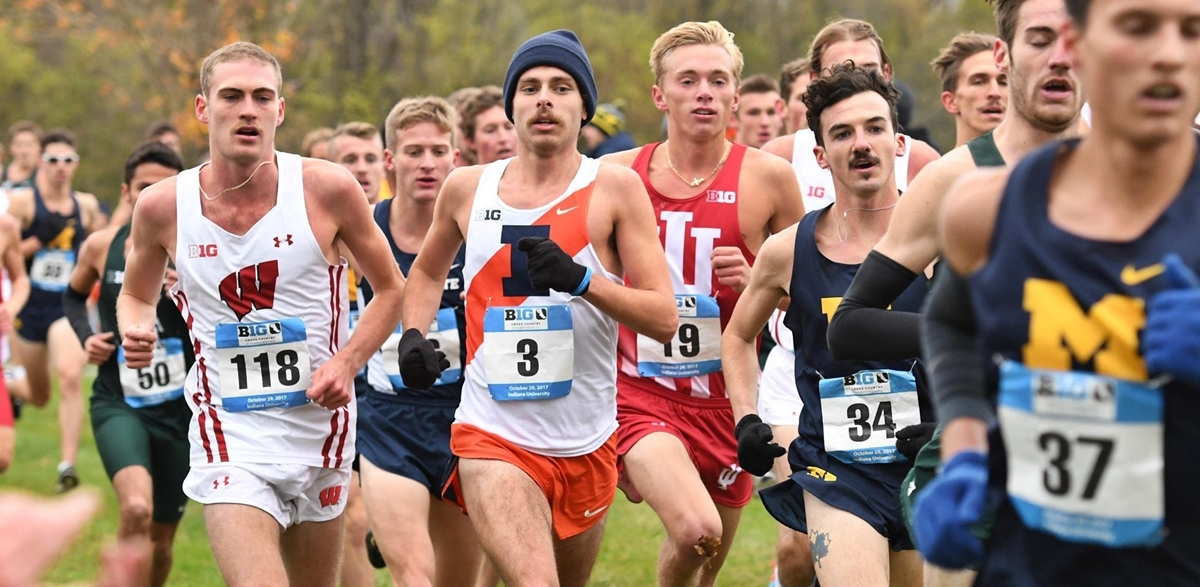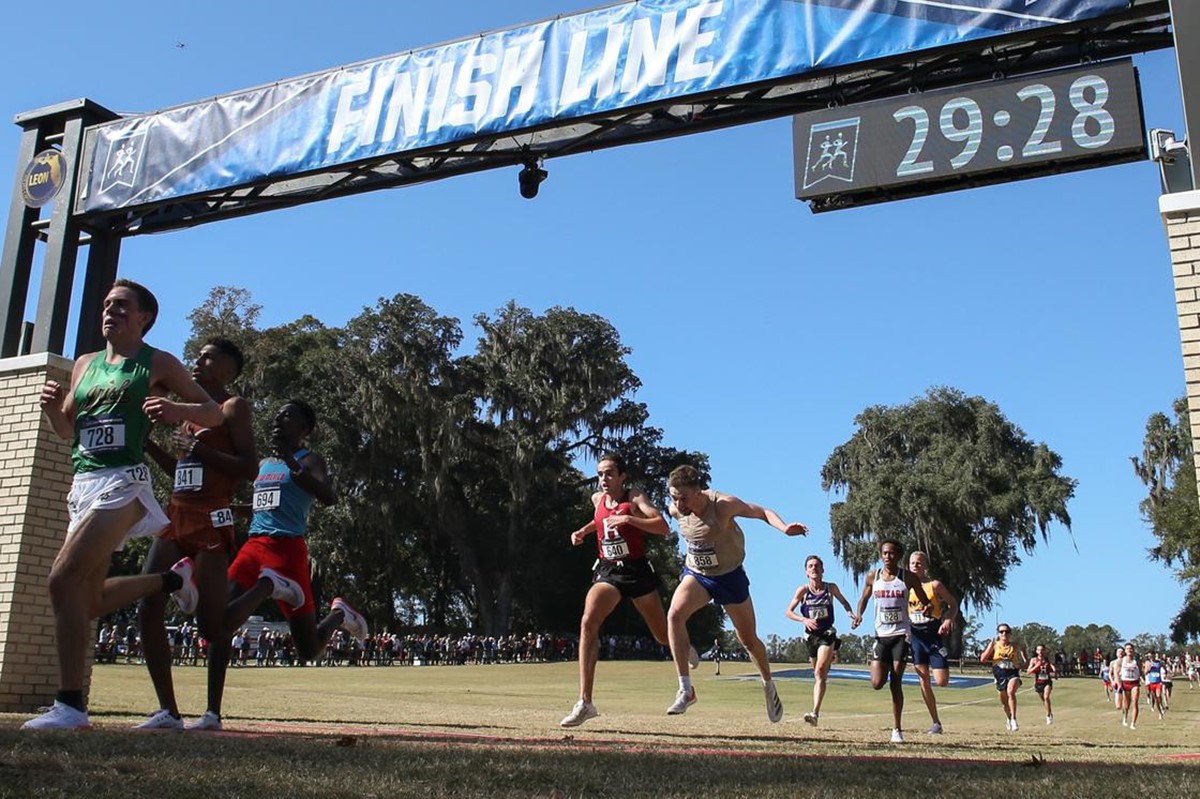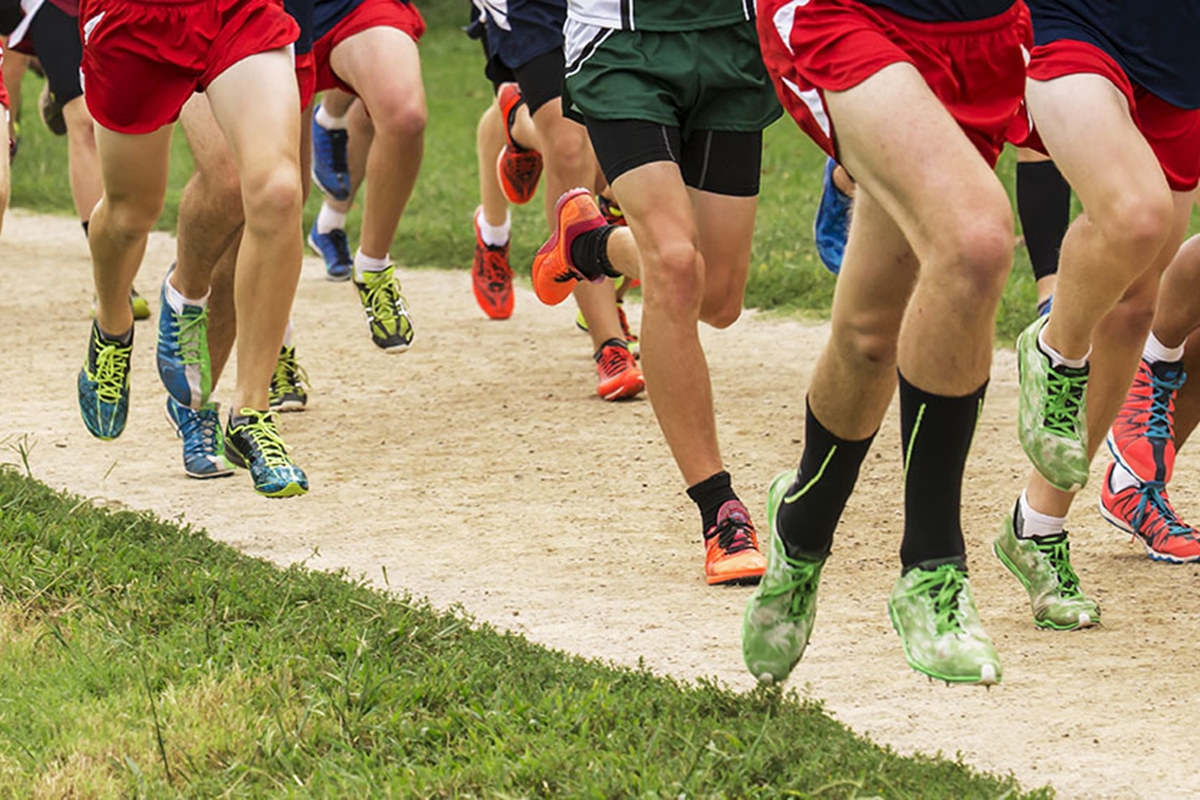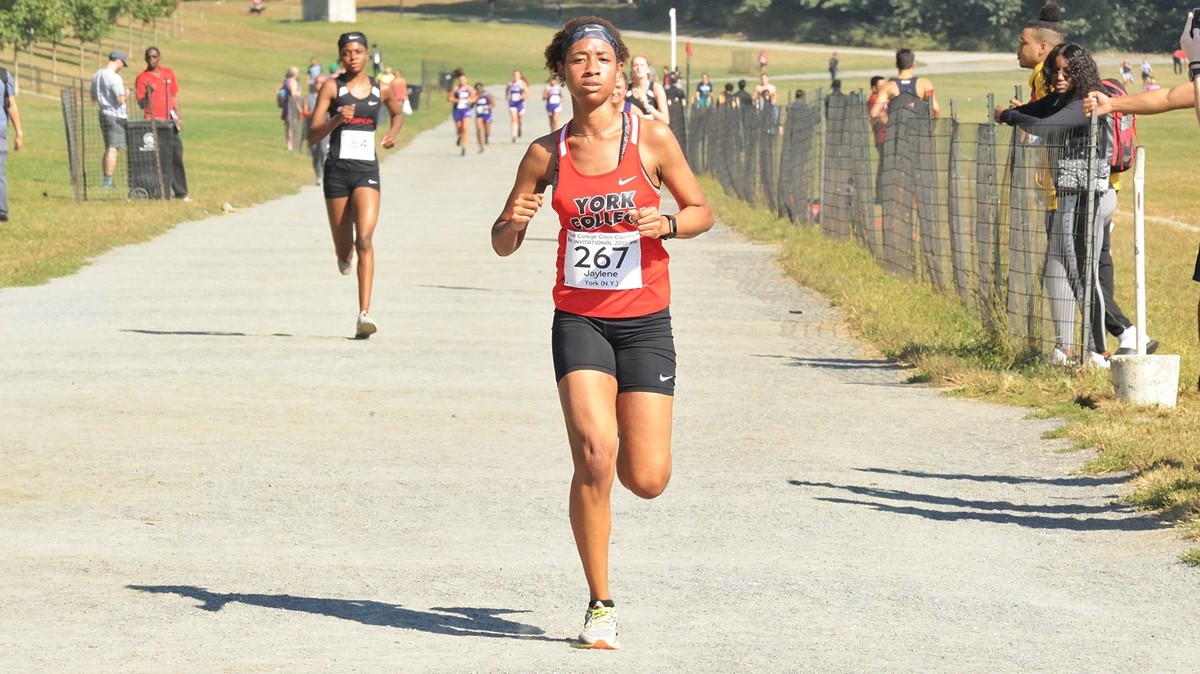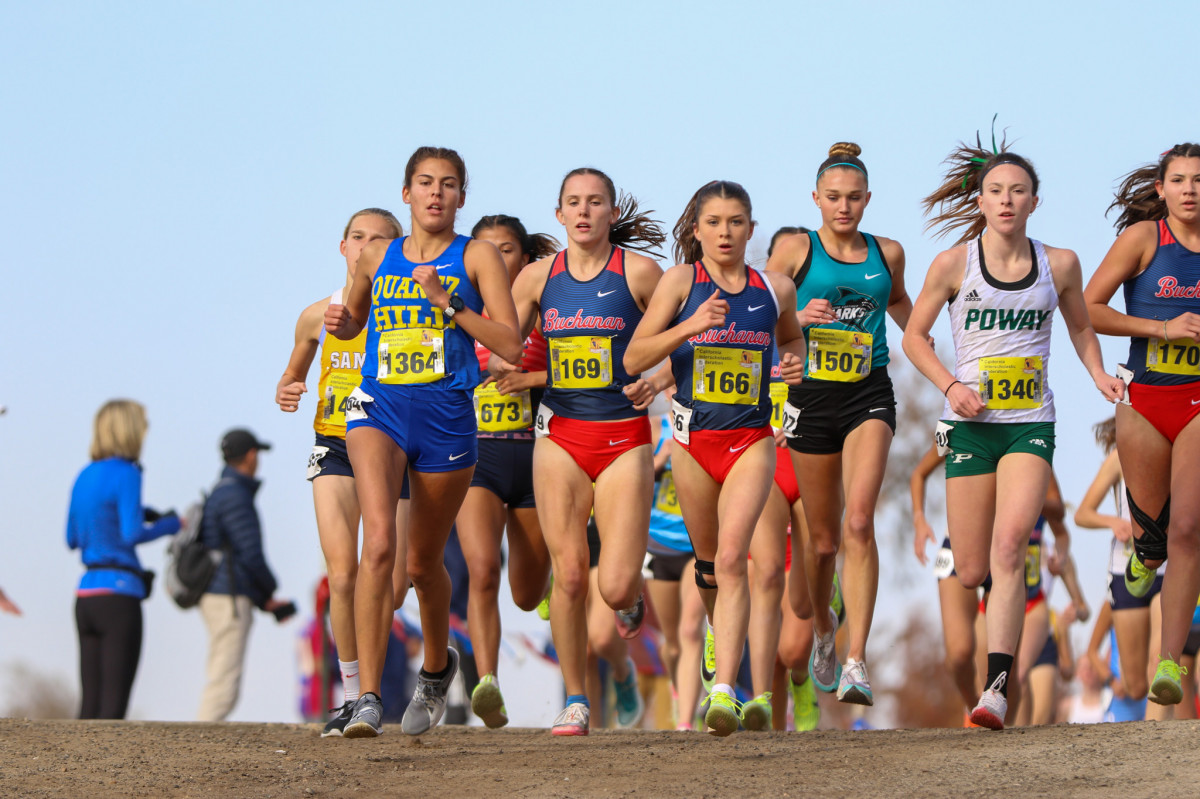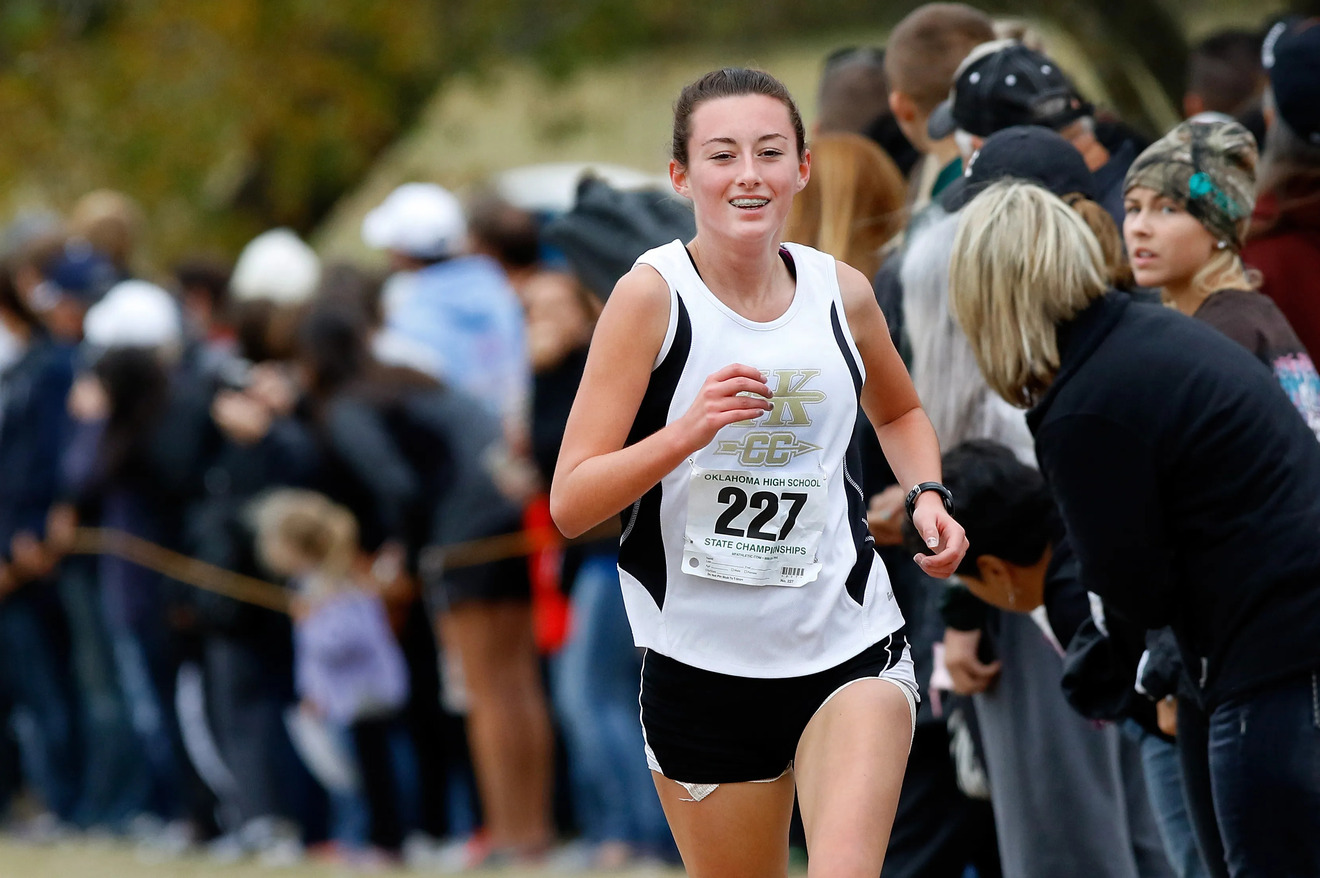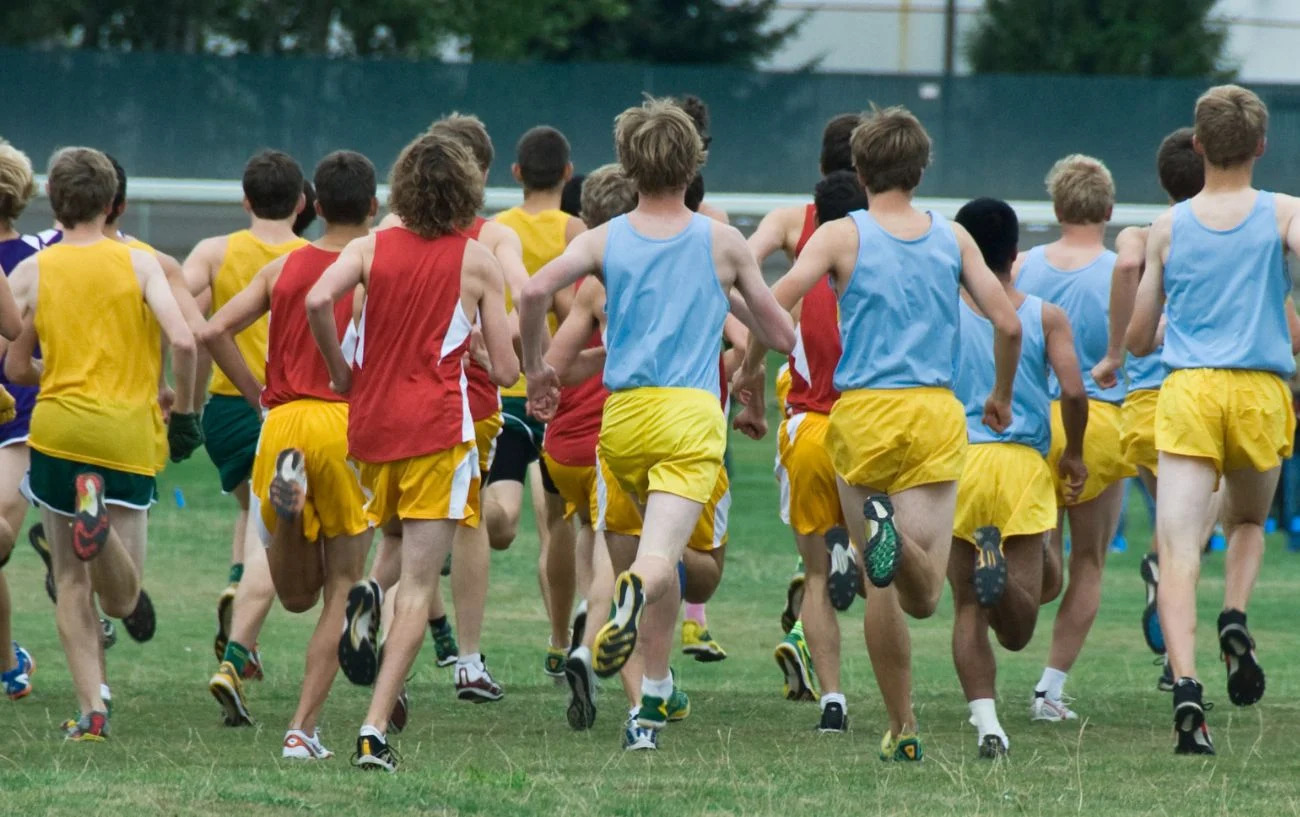

Featured
How Long Are Cross Country Meets
Modified: August 19, 2023
Discover the duration of cross country meets in our featured article. Uncover insights on race lengths, time requirements, and more.
Introduction
Welcome to the exciting world of cross country meets! If you’re new to the sport or simply curious about its intricacies, you may be wondering just how long these races typically last. In this article, we’ll delve into the factors that determine the length of cross country meets and explore the typical distance for high school and college races.
Cross country is a challenging and exhilarating sport that combines endurance, strategy, and teamwork. Runners compete on a variety of terrains, including grass, trails, and even hills. The nature of the sport makes it unique, as the length of the race can vary depending on various factors.
To understand the length of a cross country meet, it’s crucial to consider the course layout, race category, and level of competition. Additionally, we’ll explore how factors such as weather conditions and course conditions can impact the duration of the race.
Whether you’re a participant, a parent supporting their child, or a spectator cheering from the sidelines, having a clear understanding of the length of cross country meets can help you plan and make the most of the experience. So, let’s lace up our shoes and dive into the fascinating world of cross country race duration.
Factors that Determine the Length of Cross Country Meets
The length of a cross country meet is influenced by several key factors. These factors can vary depending on the race category and level of competition. Let’s take a closer look at some of the main factors that determine the length of cross country meets.
- Course Distance: The most significant factor in determining the length of a cross country meet is the distance of the course. High school meets typically have different distances for boys and girls, with common distances ranging from 2 to 5 kilometers. College meets often feature longer distances, usually 8 kilometers for men and 6 kilometers for women. However, it’s important to note that the course distance can vary depending on the race organizers and the specific competition.
- Course Conditions: The terrain and condition of the cross country course can also play a role in determining the length of the race. Courses with uphill or downhill sections, as well as those with a challenging terrain like grass or trails, can impact the overall race time. Additionally, courses with uneven surfaces or obstacles may require slower speeds, resulting in longer race durations.
- Level of Competition: The level of competition can also influence the length of a cross country meet. Higher-level meets, such as state or national championships, often feature more competitive athletes who are capable of running at faster paces. As a result, the overall race times tend to be quicker, leading to shorter durations compared to local or regional meets.
- Weather Conditions: The weather can have a significant effect on the length of a cross country meet. Extreme heat or cold, strong winds, or heavy rain can impact the performance of the runners and slow down their pace. In such cases, race organizers may modify the course or make adjustments to ensure the safety of the participants, which could result in a longer race duration.
These factors, along with other race-specific elements like the number of participants, starting waves, and course layout, contribute to the overall length of a cross country meet. It’s important to keep in mind that these factors can vary from one meet to another, making each race a unique and exciting experience for participants and spectators alike.
Typical Distance for High School Cross Country Meets
In high school cross country, the distance of the races can vary depending on several factors, including the age, gender, and level of competition. However, there are some common distances that are often used for high school cross country meets.
For boys in high school cross country, the typical distance of the race is around 5 kilometers (or approximately 3.1 miles). This distance is a challenging test of endurance and speed, requiring athletes to maintain a consistent pace throughout the race.
Girls’ races in high school cross country often have a slightly shorter distance compared to boys, typically ranging from 2 to 4 kilometers (or approximately 1.2 to 2.5 miles). The shorter distance provides an appropriate level of challenge for female athletes while taking into account physiological differences and promoting fairness in competition.
It’s important to note that the specific distance for high school cross country meets may vary depending on the state, district, or meet organizers. Some meets may opt for shorter distances for both boys and girls, especially at the junior varsity level, while others may stick to the more traditional 5-kilometer distance.
High school cross country meets often consist of multiple races, with different grade levels or skill levels competing separately. This allows athletes to compete against others of similar abilities and provides a more inclusive experience for participants.
Overall, the typical distance for high school cross country meets ranges from 2 to 5 kilometers for the girls’ races and approximately 5 kilometers for the boys’ races. These distances provide a challenging yet achievable goal for young athletes, promoting physical fitness, mental resilience, and teamwork.
Average Duration of College Cross Country Meets
College cross country meets are known for their longer distances compared to high school races. The average duration of a college cross country meet can vary depending on various factors.
For men’s cross country races at the college level, the standard distance is typically 8 kilometers (or approximately 4.97 miles). This distance requires a high level of endurance and strategy, as athletes navigate through the challenging terrain and maintain a strong pace throughout the race.
On the other hand, women’s cross country races at the college level usually have a distance of 6 kilometers (or approximately 3.73 miles). This distance is generally considered appropriate for female athletes and allows them to showcase their skills and athleticism.
The duration of college cross country meets can vary depending on the course layout, weather conditions, and level of competition. On average, it takes approximately 25 to 35 minutes for college male runners to complete an 8-kilometer race, while female runners usually finish their 6-kilometer race within 20 to 30 minutes.
It’s worth noting that the duration of college cross country races can be influenced by the caliber of the athletes competing. Higher-level meets, such as conference championships or national championships, tend to feature elite runners who can complete the races at faster paces, resulting in shorter durations.
Additionally, the course conditions and weather can play a significant role in the duration of college cross country meets. Courses that are more challenging or have adverse weather conditions may require the athletes to slow down their pace, leading to longer race durations.
Overall, the average duration of a college cross country meet can range from around 20 to 35 minutes for women’s races and 25 to 40 minutes for men’s races. These longer distances and durations provide a thrilling and competitive experience for collegiate athletes, testing their endurance, determination, and mental strength.
Factors That May Impact the Length of Cross Country Meets
While the distance of cross country meets is a primary factor in determining their length, several other factors can also impact the overall duration of the race. Let’s explore some of these factors:
- Course Conditions: The terrain and condition of the course can significantly impact the length of cross country meets. Difficult terrain, such as hills or uneven surfaces, may slow down runners and prolong the race duration. Similarly, courses with challenging weather conditions, such as muddy or icy surfaces, can also affect the speed at which athletes can navigate the course.
- Weather Conditions: Adverse weather conditions, such as extreme heat, heavy rain, or strong winds, can impact the duration of cross country meets. In such conditions, the safety and well-being of the participants take priority, which may lead to modifications in the course or adjustments to the race format, ultimately affecting the overall length of the event.
- Course Design: The design of the course can influence the length of cross country meets. Courses with long straightaways or stretches requiring high speed can result in faster race times, potentially shortening the overall duration. Conversely, courses with tight turns or sections that require caution may slow down the runners and extend the race duration.
- Group Size: The size of the participating group can also impact the length of cross country meets. Larger groups may require staggered start times or more time to complete the course, while smaller groups can navigate the course more efficiently, potentially reducing the overall race duration.
- Level of Competition: The level of competition in a cross country meet can influence race times and, consequently, the length of the event. High-level races, featuring elite runners, often result in faster-paced races, leading to shorter durations. Conversely, races with a wider range of skill levels may have greater variation in individual race times, potentially extending the overall length of the meet.
It’s important to remember that these factors can vary from one cross country meet to another. Race organizers take into consideration these factors, along with the specific needs of the participants, to ensure a fair and enjoyable experience for all involved. By accounting for these factors, cross country meets can provide a challenging yet thrilling environment for athletes to showcase their skills and determination.
Conclusion
Cross country meets are diverse and exciting events that bring together athletes, coaches, and spectators to celebrate the sport. The length of these meets can vary depending on several factors, including the distance of the course, course conditions, level of competition, weather conditions, and other race-specific elements. It’s essential to consider these factors when preparing for or attending a cross country meet.
High school cross country meets typically feature distances ranging from 2 to 5 kilometers for girls and 5 kilometers for boys. In college cross country meets, races are commonly set at 6 kilometers for women and 8 kilometers for men. These longer distances challenge the athletes’ endurance and provide a platform to display their skills.
Various factors can impact the length of cross country meets, including the terrain, weather conditions, course design, group size, and level of competition. Courses with challenging terrain or adverse weather conditions may prolong the race duration, while courses with high-speed sections could result in faster race times.
Ultimately, cross country meets offer a unique blend of physical exertion, mental toughness, and strategic planning. The length of each race adds to the excitement and showcases the athletes’ resilience and determination. Whether you’re a participant, a parent, or a fan, understanding the factors influencing the length of cross country meets can enhance your overall experience and appreciation for this exhilarating sport.
So, lace up your shoes, cheer alongside the course, and embrace the journey of cross country racing with its unpredictable twists and turns. Get ready to witness the remarkable pursuit of endurance, strategy, and personal triumph that defines cross country meets!
